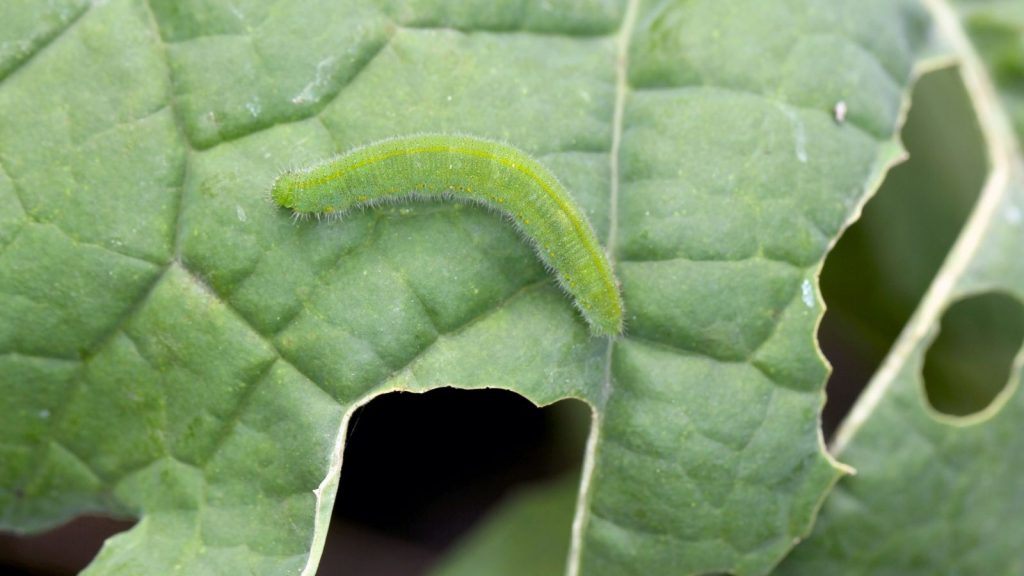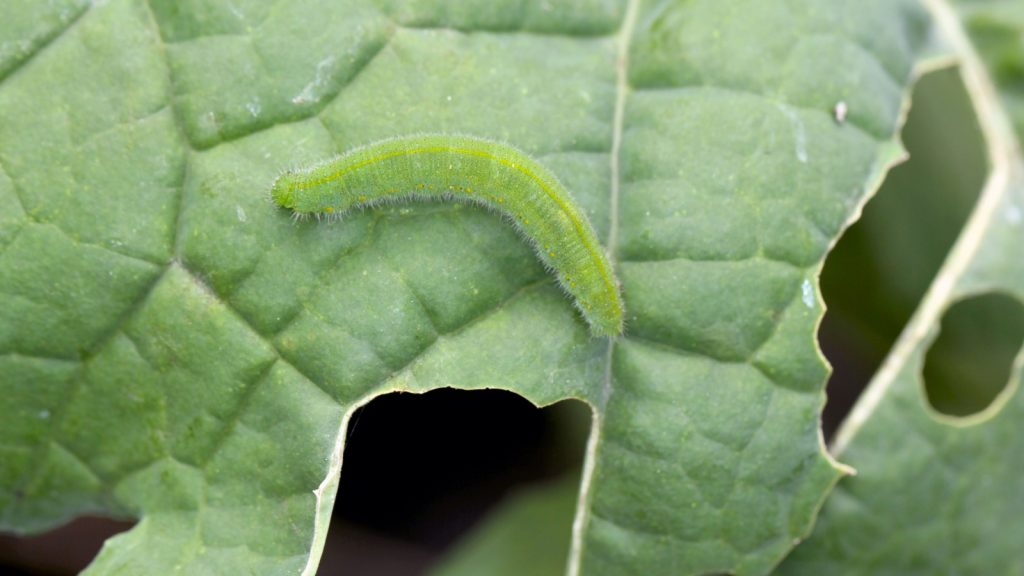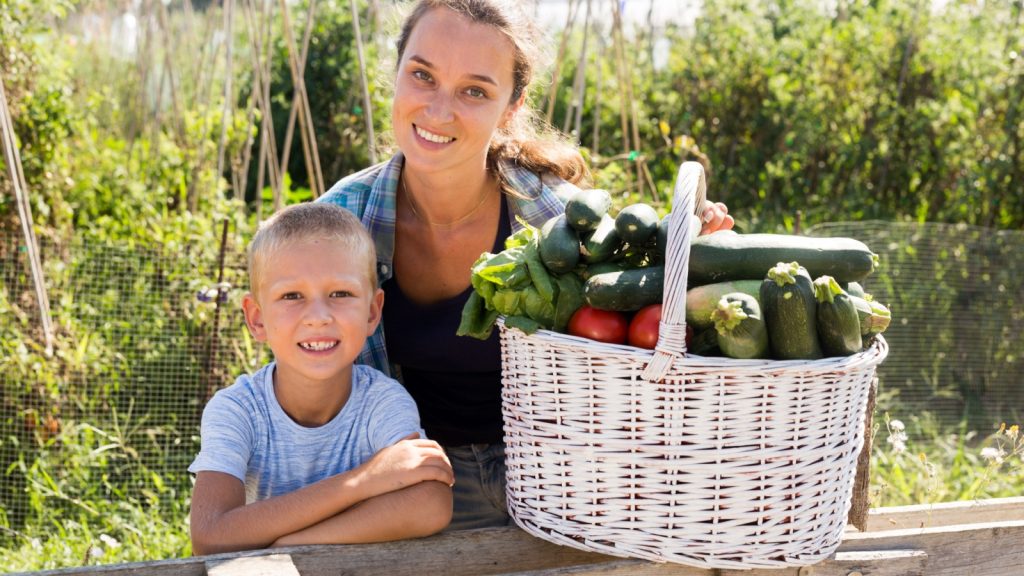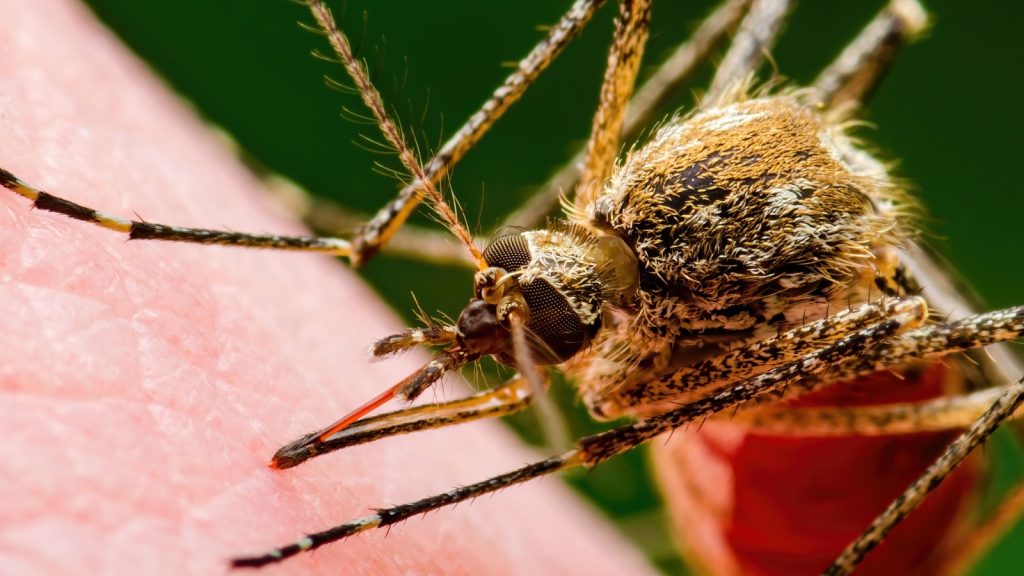There’s nothing quite like the sinking feeling of heading out to your garden, excited to harvest that perfect head of broccoli, only to find it’s become an all-you-can-eat buffet for tiny green caterpillars. After all your careful tending, those little worms can turn your beautiful crop into something that looks more like Swiss cheese overnight.
Here’s the silver lining: while finding these uninvited dinner guests might turn your stomach, they haven’t actually made your broccoli dangerous to eat. Still, watching these hungry little creatures munch through your carefully tended plants can be incredibly frustrating. And let’s be honest—nobody wants to serve broccoli that looks like it’s already been nibbled on.

The good news? You don’t have to surrender your broccoli to these persistent pests. Whether you’re dealing with cabbage worms, loopers, or other broccoli-loving caterpillars, there are several effective ways to protect your harvest without resorting to harsh chemicals. Let’s dig into some battle-tested strategies that will help keep your broccoli worm-free and looking as good as it tastes.
What Are Broccoli Worms?
Broccoli worms aren’t a single pest but a collective term for three common culprits: cabbage worms, cabbage loopers, and diamondback worms. While broccoli is their favourite, they don’t limit themselves—related plants like kale, cabbage, and cauliflower are just as tempting to these pests.
Cabbage worms, the most common type, are the green larvae of white butterflies, while cabbage loopers come from brown moths. Diamondback worms, though less frequent, are the larvae of grey moths with distinctive diamond-shaped patterns on their backs.
All three pests share a knack for camouflage. Their light green bodies blend seamlessly with foliage, making them hard to spot until the damage is done. You’ll often notice ragged holes in leaves, stunted growth, or even trails of greenish-brown droppings on broccoli heads. Left unchecked, they can strip your plants bare in no time.
The Life Cycle of a Broccoli Worm
Understanding their life cycle is key to managing these pests. Broccoli worms hatch in early spring, often from pupae that have overwintered in your soil. Adult cabbage butterflies—white or pale yellow with black spots—lay up to 200 yellow eggs on the undersides of leaves. These eggs hatch into larvae within a week.
After feeding on your plants for about 15 days, the larvae pupate and emerge as butterflies, ready to repeat the cycle. Depending on the climate, there can be anywhere from three to eight generations in a single growing season, meaning they can wreak havoc if not dealt with promptly.
Do Broccoli Worms Attack Other Plants?
Broccoli worms aren’t picky eaters. They’ll happily munch on cabbage, kale, cauliflower, Brussels sprouts, collards, and mustard greens. If you spot caterpillars on unrelated plants like carrots, dill, or fennel, you’re likely dealing with a different species, such as the Anise Swallowtail.
How to Remove Broccoli Worms
There are quite a few options when it comes to controlling broccoli worms. These are the ones I’ve found to be most effective.
1. Bt Spray
Bacillus thuringiensis (Bt) spray is a natural, highly effective solution. This bacterium specifically targets worms, making them sick and killing them off without harming other plants, insects, or people. Mix 1 teaspoon of liquid detergent per gallon of Bt and apply in the afternoon for best results.
2. Herbal Insecticides
Homemade remedies like garlic or hot pepper sprays can deter pests naturally. Soak crushed garlic cloves in water for a few days, blend, and apply to affected plants. Hot, soapy water sprays can also knock worms off leaves effectively.
3. Clean Thoroughly After Harvesting
If worms make it to harvest, soak broccoli heads in warm water with 2 tablespoons of vinegar or ¼ cup of salt for 30 minutes. Rinse thoroughly to dislodge stubborn pests. Cooking the broccoli can also force worms to wriggle out or kill them if they remain hidden. Not pleasant, but it works.
How to Prevent Broccoli Worms
Prevention is better than cure. It’s something we’ve all heard a bazillion times. And it’s true, especially when it comes to plant health.
1. Use Row Covers
Row covers act as a physical barrier, keeping pests away during vulnerable periods in spring and summer. If covers feel like too much effort, wrapping plants in pantyhose or nylon stockings can provide similar protection.
2. Hand Picking
For small infestations, manually removing worms and drowning them in soapy water is effective. Alternatively, you can toss them to your chickens if you have any!
3. Maintain Healthy Plants
Strong, well-watered, and fertilised plants are naturally more resistant to pests. Make sure your soil is rich in nutrients, especially nitrogen, and ensure proper drainage to give your crops the best chance of thriving.
4. Rotate Your Crops
Crop rotation prevents pests from overwintering in your soil. Remove debris and weeds well before planting to eliminate hiding spots for larvae.
5. Companion Planting
Certain plants, like sage, dill, or chamomile, repel cabbage butterflies. Others attract natural predators, like birds or frogs, that will feast on the worms.
6. Encourage Predatory Wasps
Predatory wasps are a natural way to keep broccoli worms under control. They lay eggs on caterpillars, and when the eggs hatch, the larvae feed on the pests. Plant fennel or dill to attract these helpful wasps to your garden.
Are Broccoli Worms Harmful to People?
Broccoli worms might be disgusting, but they’re harmless to humans. Accidentally eating one won’t make you ill, though it’s far from pleasant. Supermarket produce isn’t immune to these pests, either, so give all your greens a thorough cleaning before cooking.
With these strategies, you can protect your broccoli and enjoy a pest-free harvest. A little effort now will save you from any unexpected—and unappetising—dinner guests later!
Ellen Reed lives where the road ends and the quiet begins. Her work tends to the tender space between solitude and connection, loss and joy, seed and harvest.
She's an author and journalist. When she's not in her garden, she's drinking tea and playing with her puppy.


